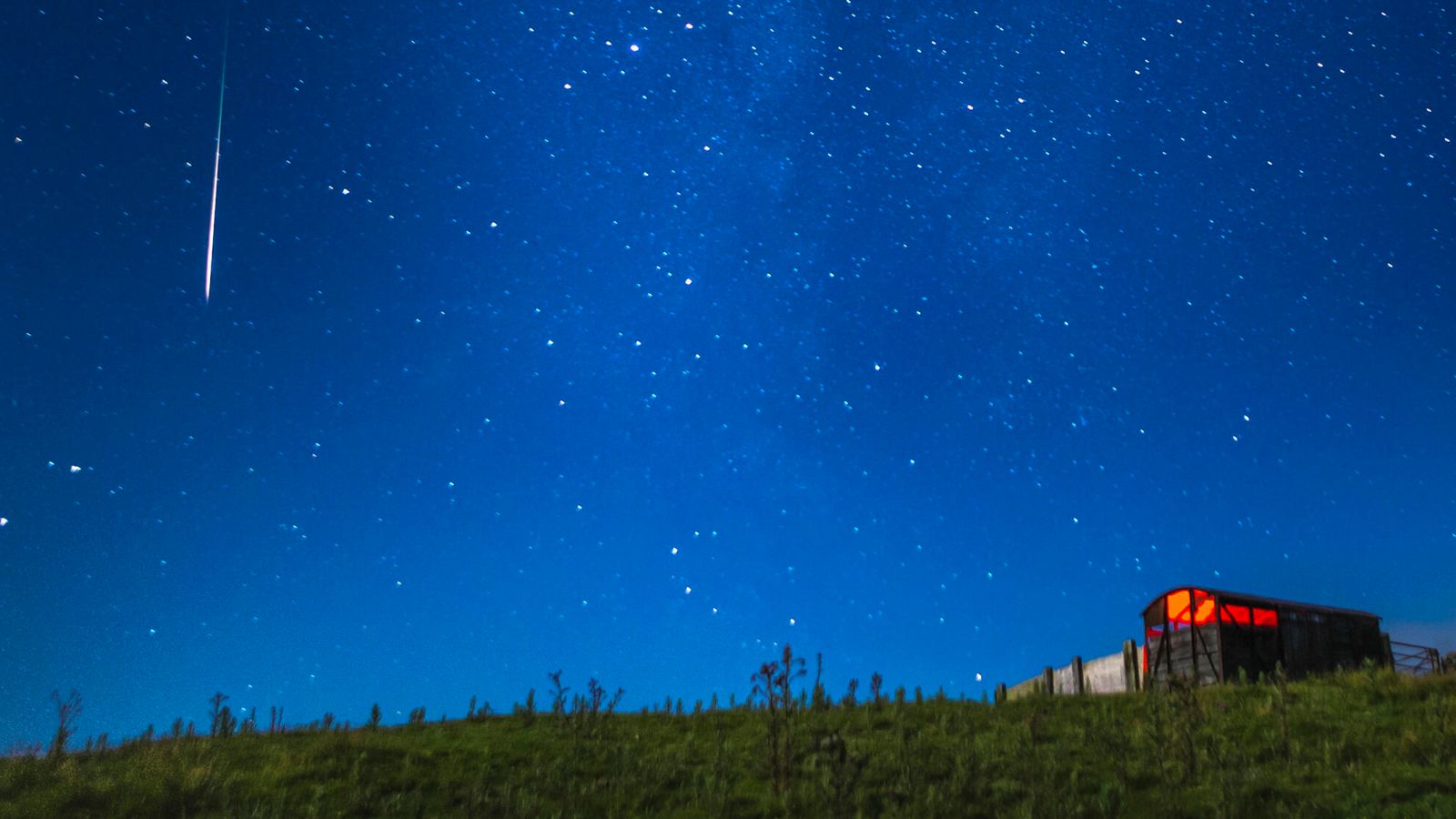One of the year’s most “dramatic” meteor showers kicks off tonight and offers stargazers in the Northern Hemisphere the chance to see dozens of extremely fast and bright meteors.
If you’re having trouble sleeping in the heat this weekend – May reach 32 ° C on Sunday – Entertain yourself with the fact that you can catch a glimpse of the stunning Perseid (per-see-id) shower.
The exhibition starts on July 16 and gets more intense until August 12 and then decreases again around August 23.
Even though any meteors are mostly no bigger than a grain of sand, they still create a visible streak of light in the sky as they burn up at about 130,000 miles per hour as they hit the atmosphere.


